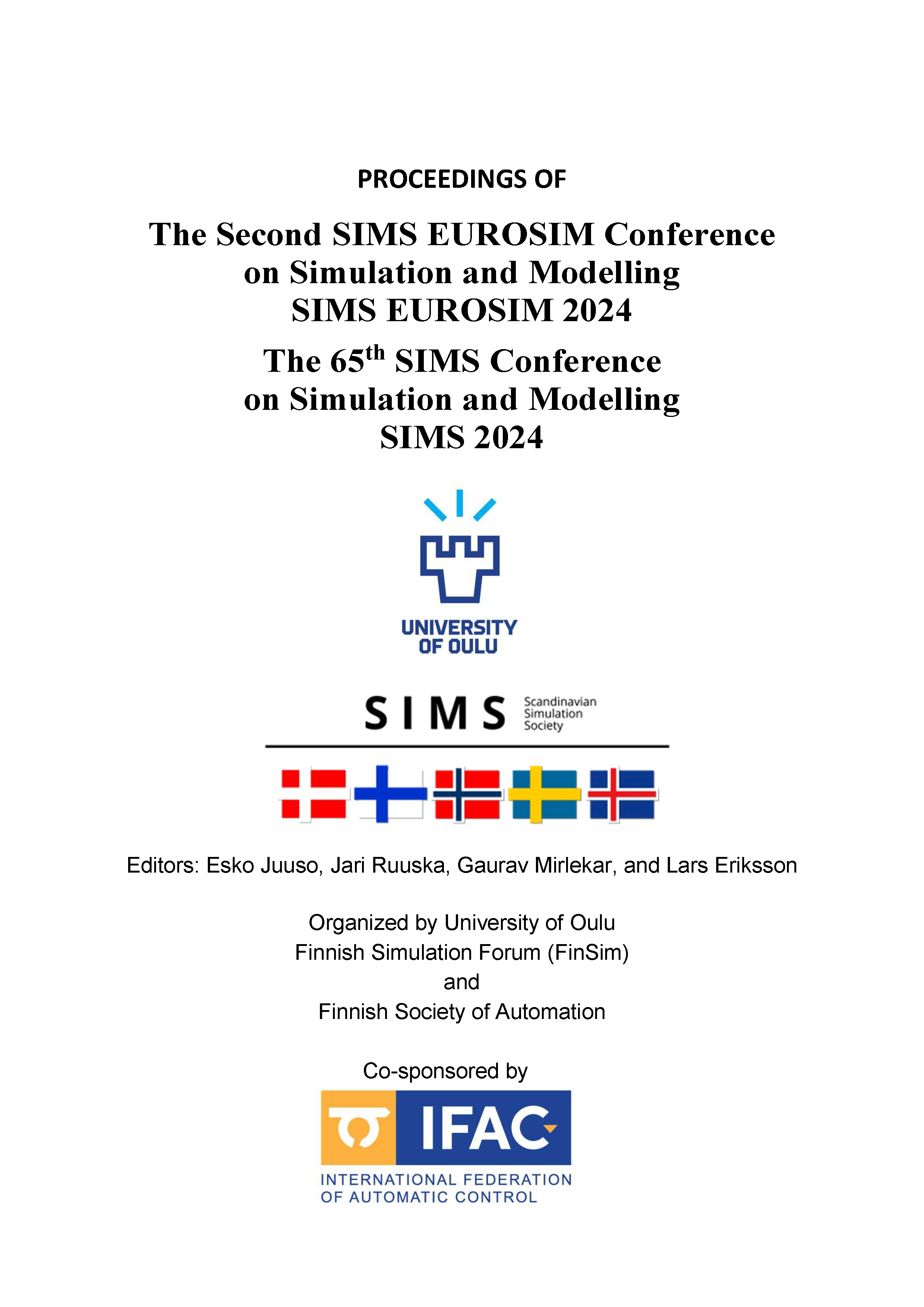Anaerobic digestion of biosolid pyrolysis liquid and hydrolyzed sludge - simulation with extended ADM1 model
DOI:
https://doi.org/10.3384/ecp212.035Keywords:
Pyrolysis Liquid, Anaerobic Digestion, ADM1, Inhibition, Phenol, Ammonia, Styrene, Hydrolyzed Sludge, BiosolidsAbstract
Pyrolysis of biosolids aims to reduce solid volumes and improve energy recovery; however, the pyrolysis liquid (PL) is a by-product that has no good direct application. One idea is to link pyrolysis and anaerobic digestion (AD), in which PL can be valorized for methane production. PL contains various compounds that potentially threaten the stability of AD. This study, therefore, aims to extend the current Anaerobic Digestion Model No.1 (ADM1) and evaluate the influence of phenol, furfural, 5-hydroxymethylfurfural (5-HMF), styrene, and ammonia from PL on AD. Two lab-scale AD reactors were simulated and compared with experimental data: one fed with hydrolyzed sludge and the other fed with an additional stream of PL. The simulation accurately predicts hydrolyzed sludge as substrate, while the simulation of the reactor co-digesting hydrolyzed sludge and PL overestimates methane production. Ammonia, phenol, and styrene were identified as the most significant inhibitors. However, based on the overestimation of methane production, it is clear that the PL has more inhibitors present than those implemented in the model. Simulations further showed that an additional stream of PL increased methane production by 4.3%, even with significant inhibition by the compounds.Downloads
Published
2025-01-13
Issue
Section
Papers
License
Copyright (c) 2025 Thea Indrebø, Gudny Øyre Flatabø, Wenche Hennie Bergland, Gamunu L. Samarakoon Arachchige

This work is licensed under a Creative Commons Attribution 4.0 International License.

